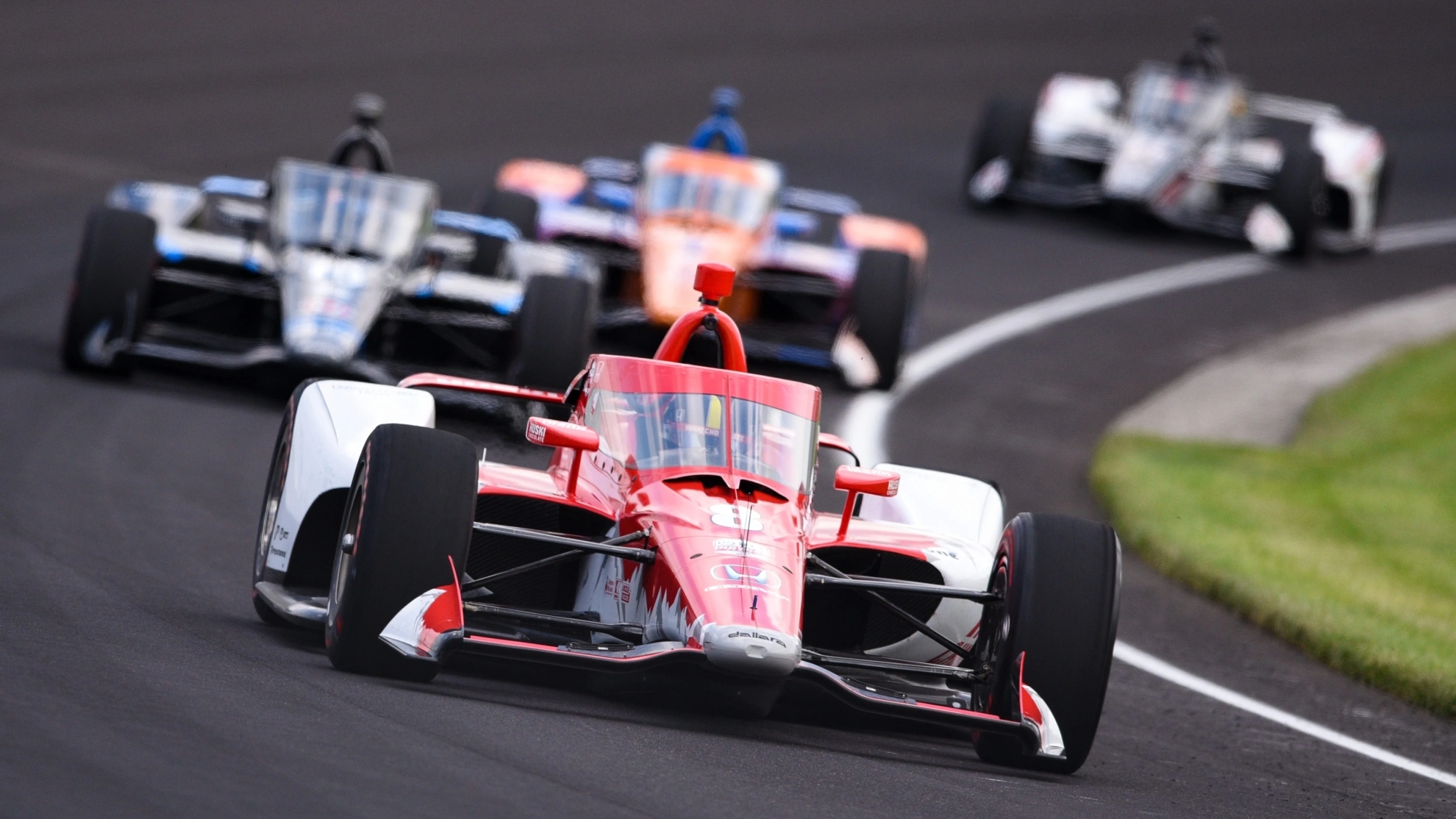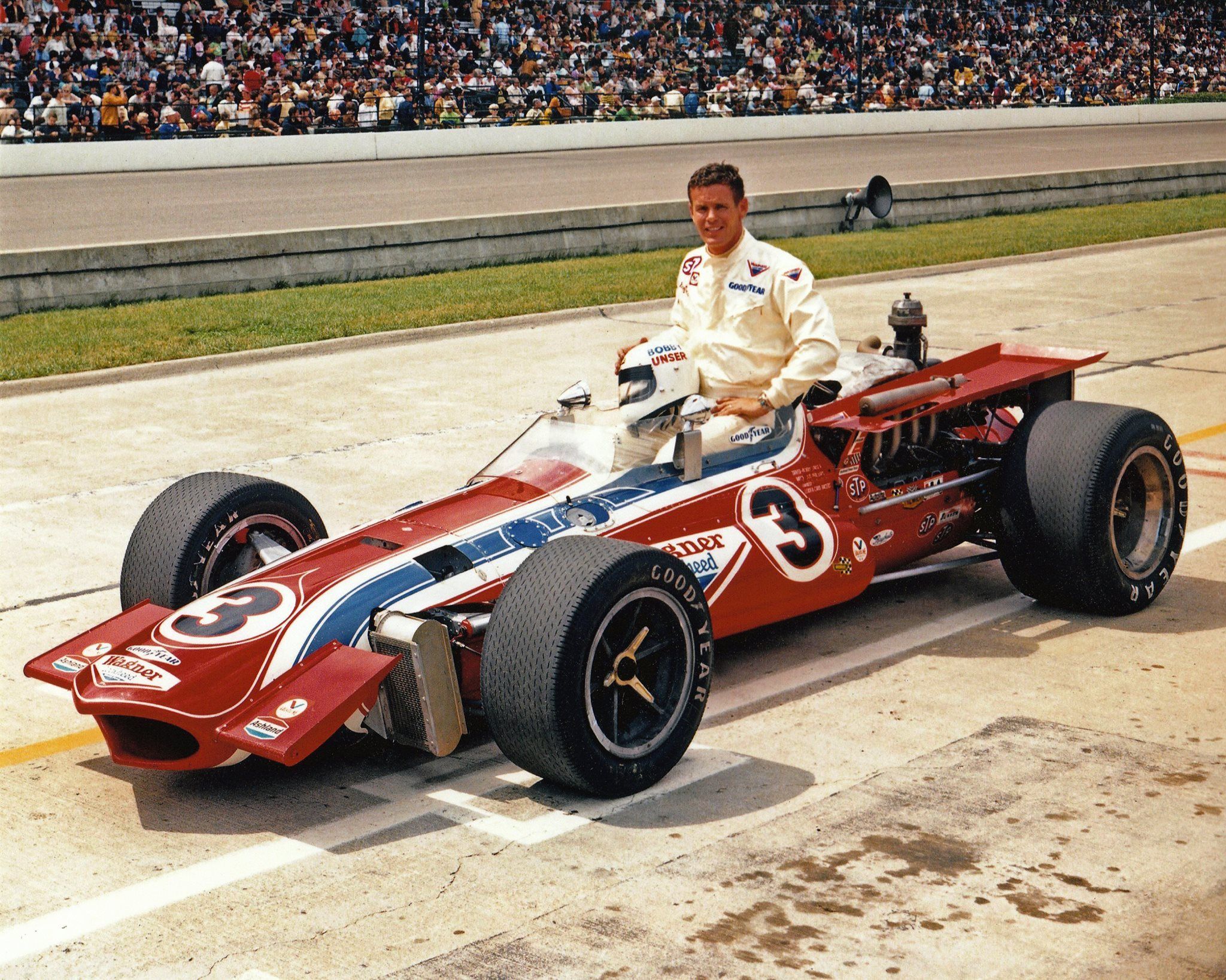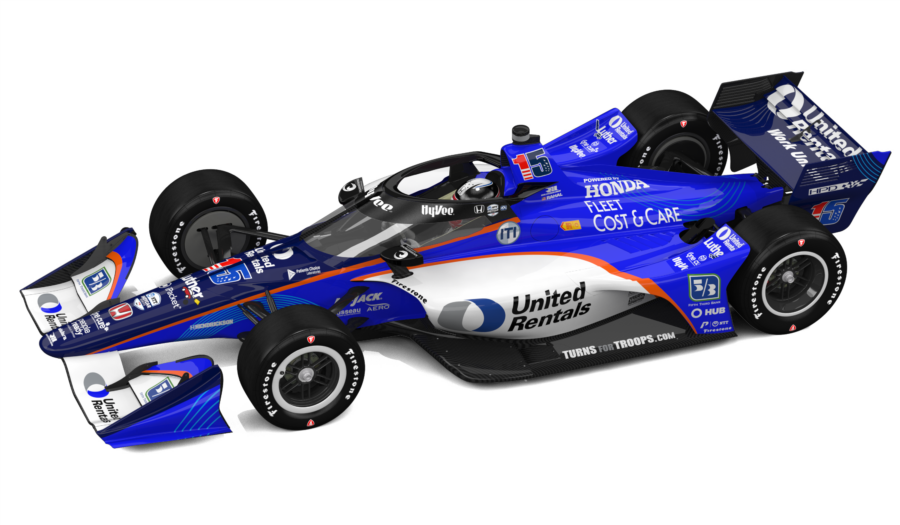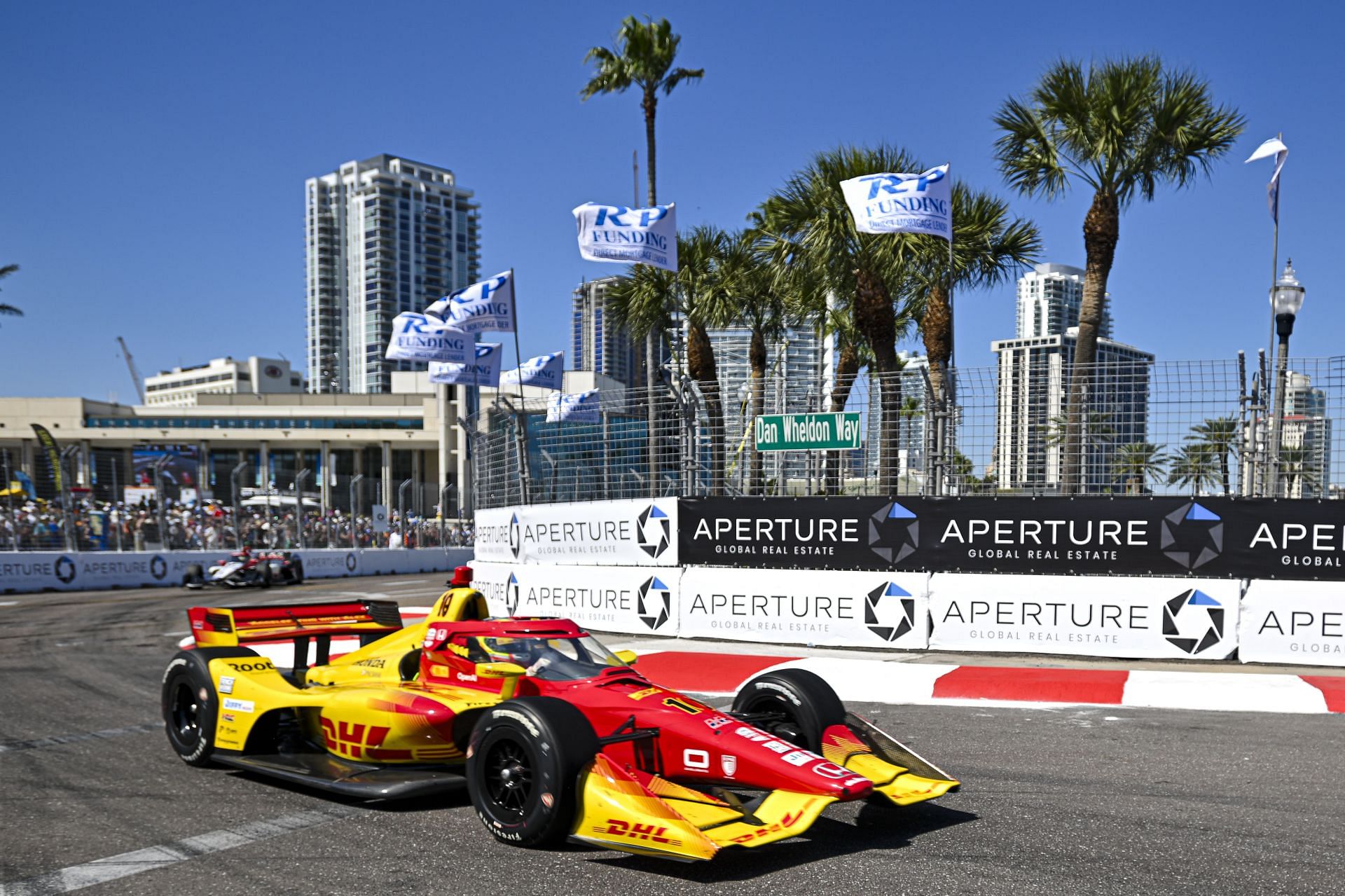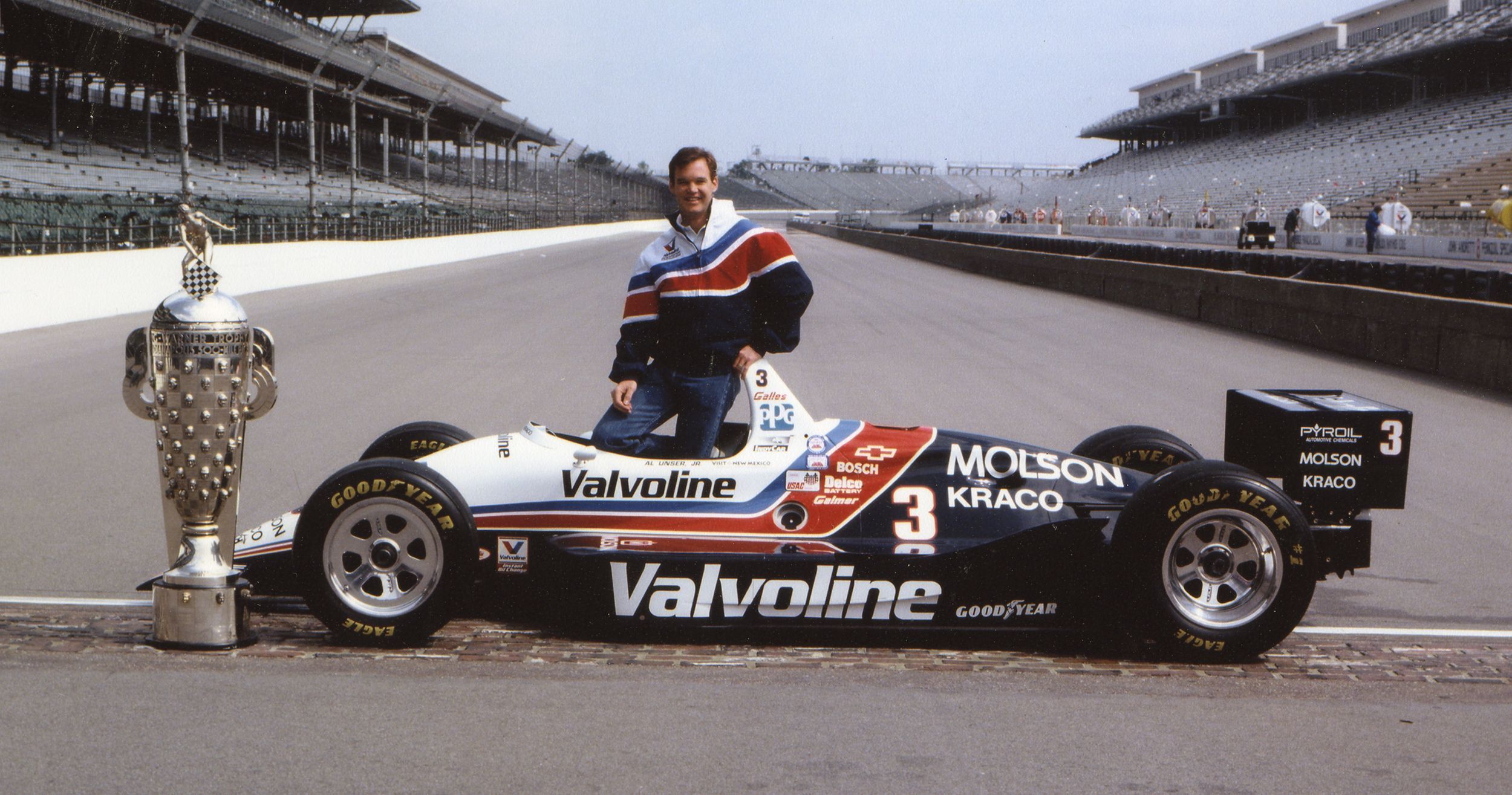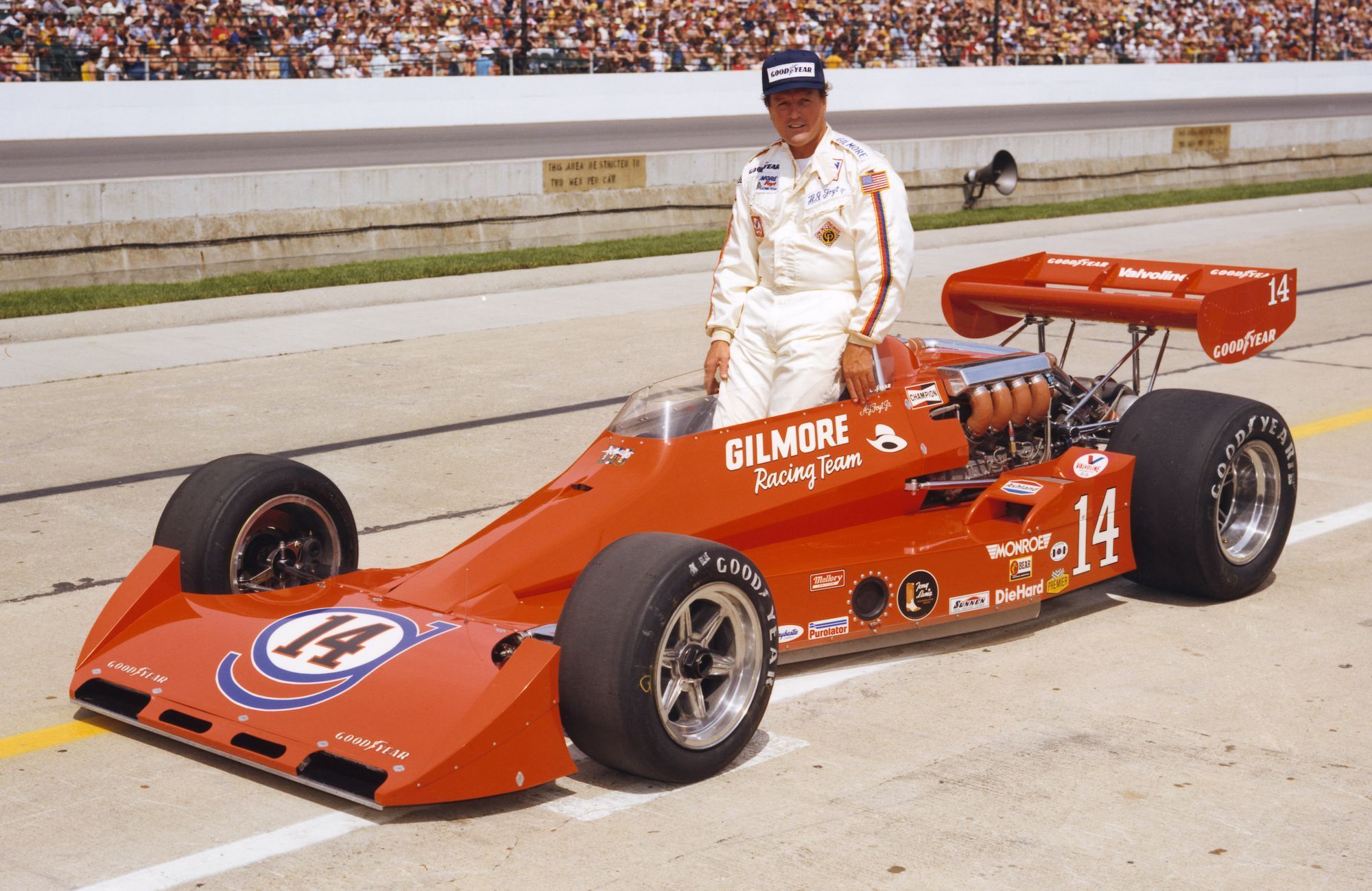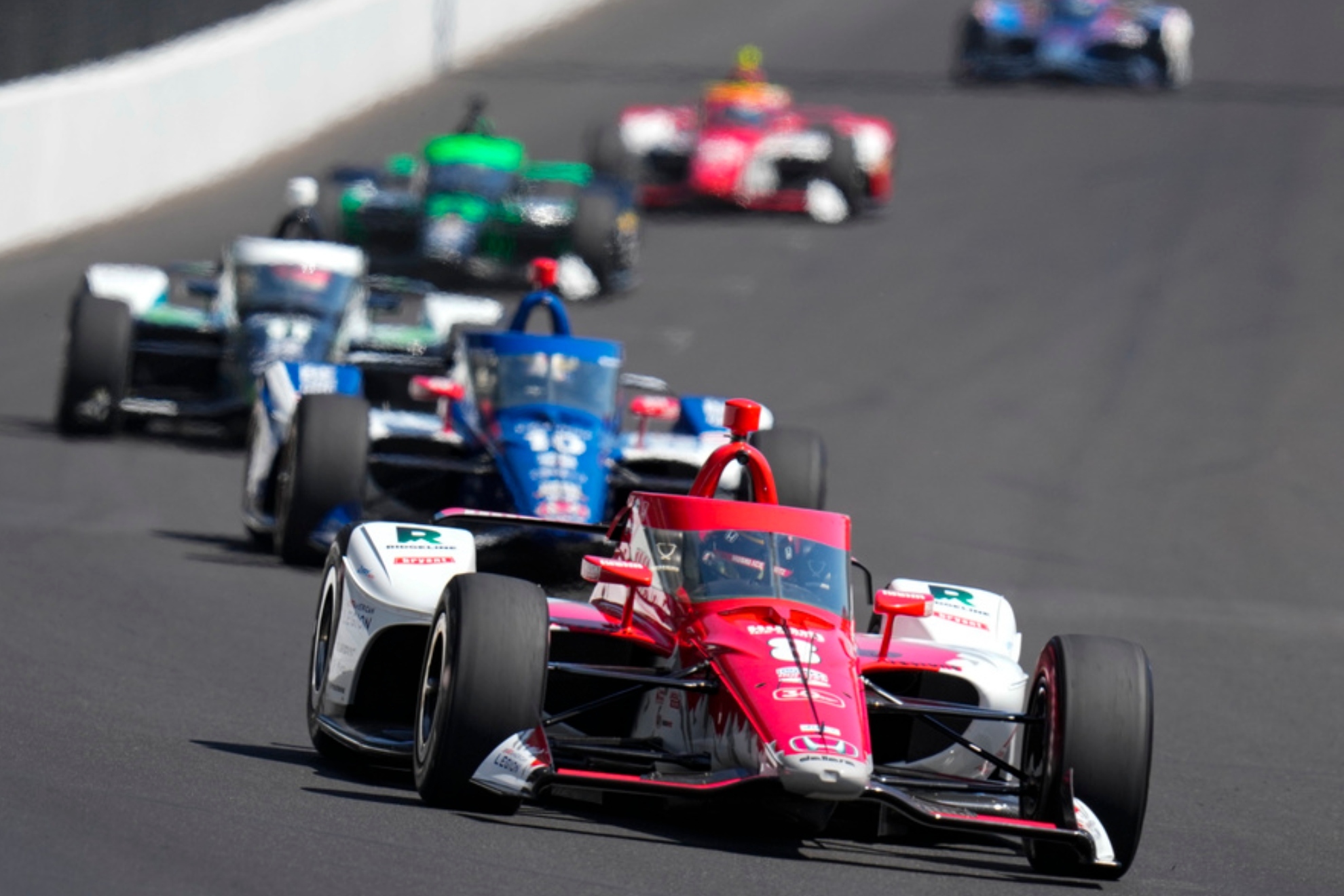How Much Is An Indy Car Worth

The roar of the engine, the blur of speed, the nail-biting overtakes – IndyCar racing captivates millions. But beyond the spectacle, a critical question lingers: what is the actual value of one of these engineering marvels, these finely tuned machines that push the limits of performance and driver skill?
Determining the cost of an IndyCar is not a simple calculation. It's a complex interplay of chassis development, engine technology, aerodynamic components, and the intricate labor involved in building and maintaining these high-performance vehicles. We will delve into the various cost factors to understand the full financial picture, exploring the investment required to put an IndyCar on the track.
The Core Components: Chassis, Engine, and Aerodynamics
At the heart of every IndyCar lies its chassis. The current Dallara IR-18 chassis, the universal platform used by all IndyCar teams, represents a significant investment.
Reports suggest a cost of approximately $650,000 to $700,000 for the chassis alone. This price reflects the advanced engineering and materials, including carbon fiber and other lightweight, high-strength composites, required to withstand the extreme forces experienced during races.
The engine is another critical and costly component. IndyCar currently features two engine manufacturers: Honda and Chevrolet.
These 2.2-liter twin-turbocharged V6 engines are technological masterpieces, producing upwards of 700 horsepower. Teams typically lease these engines for a season, with costs estimated to be around $350,000 to $400,000 per engine.
Aerodynamics play a crucial role in IndyCar performance, influencing downforce, drag, and overall handling. Teams invest heavily in aerodynamic development, although regulations limit the extent of modifications allowed.
Wind tunnel testing, computational fluid dynamics (CFD) simulations, and the manufacture of aerodynamic components like wings and underbodies contribute significantly to the overall cost. Although specific costs are hard to pin down, aerodynamic development and parts could easily add another $100,000 to $200,000 to the vehicle's overall value.
Beyond the Parts: Labor, Maintenance, and Operation
The cost of an IndyCar extends far beyond the initial purchase of the chassis, engine, and aerodynamic components. A highly skilled team of engineers, mechanics, and technicians is essential for building, maintaining, and operating the car.
Salaries for these professionals represent a substantial expense, with experienced crew chiefs and engineers commanding high figures. Maintaining an IndyCar is also an ongoing and costly endeavor.
Parts wear out rapidly under the extreme conditions of racing, requiring frequent replacement. Consumables such as tires, fuel, and lubricants further add to the operating budget.
Data acquisition and analysis are also crucial for optimizing performance. Teams employ sophisticated sensors and software to gather data on every aspect of the car's behavior, requiring specialized personnel and equipment.
According to industry experts, the operational cost per car, per race, can range from $150,000 to $250,000. This figure includes transportation, accommodation, and other logistical expenses.
The Full Picture: Estimating the Total Value
Putting all these factors together, a conservative estimate for the value of a fully operational IndyCar, ready to race, is approximately $1.5 million to $2 million.
This figure includes the cost of the chassis, engine lease, aerodynamic components, and a portion of the ongoing operational expenses. However, it's important to remember that this is just an estimate, and the actual cost can vary depending on the team, the level of investment in development, and other factors.
Furthermore, sponsorship plays a significant role in offsetting these costs. Teams rely heavily on sponsors to provide financial support, and the value of a car can be influenced by its sponsorship agreements.
"The cost of running an IndyCar team is significant," says Marshall Pruett, a respected motorsports journalist. "It's not just about buying the car; it's about the entire infrastructure and the people involved."
The Future: Cost Control and Innovation
IndyCar is constantly evolving, with new technologies and regulations being introduced regularly. The series has made efforts to control costs in recent years, such as mandating the universal chassis and limiting engine development.
However, teams continue to seek innovative ways to improve performance, which can drive up costs. The introduction of hybrid technology in the coming years is expected to further increase the complexity and expense of IndyCar racing.
Balancing the need for cost control with the desire for innovation is a constant challenge for IndyCar. The future of the series will depend on its ability to maintain a competitive and exciting product while ensuring that teams can afford to participate.
Ultimately, the value of an IndyCar lies not just in its monetary cost, but also in its ability to inspire, entertain, and push the boundaries of human achievement. It's a testament to the dedication and skill of the engineers, mechanics, and drivers who make IndyCar racing so captivating.
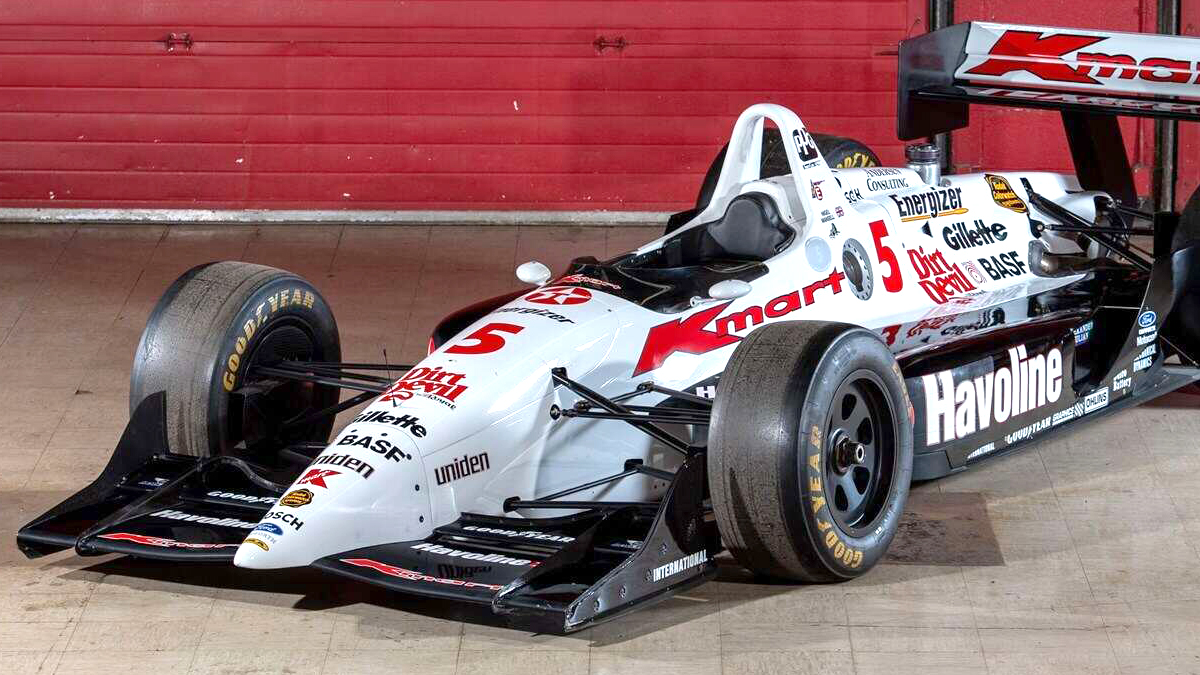

--Mecum.jpg)



